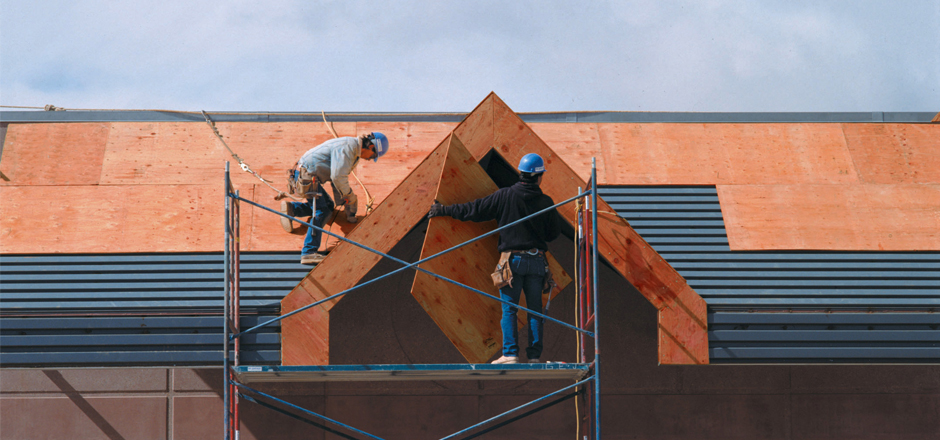A Guide to Checking Your Deck and Identifying Common Failures
Posted 5/22/2024 by The ProWood Team

The Importance of Deck Safety
Decks are an extension of our homes, but unlike other parts of the house, they're exposed to the elements year-round. This constant exposure can lead to wear and tear, which, if left unchecked, can result in structural failure and accidents. According to NADRA, thousands of injuries occur each year due to deck collapses, railing failures, and other related incidents. These accidents can often be prevented with proper maintenance and regular inspections.

Tips for Deck Safety
To ensure your deck is safe for use, follow these tips:
- Regular Inspections: Conduct a thorough inspection of your deck at least once a year. Look for signs of rot, rusted fasteners, loose railings, or unstable stairs. (Download the NADRA Check Your Deck® 10-Point Checklist for an easy guide.)
- Proper Maintenance: Clean your deck regularly to prevent mold and mildew. Apply a sealant to protect the wood from moisture. If you notice any signs of damage, address them promptly.
- Secure Railings and Stairs: Railings and stairs should be sturdy and not wobble. Tighten any loose bolts or screws, and replace any damaged components.
- Replace Split or Decaying Wood: Identify damp, unstable, or rotting spots. Swap out these boards to ensure the deck's structural integrity is restored.
- Trim Surrounding Trees: Prune branches that extend over your deck to reduce the risk of damage from shrubs and insects.

Common Causes of Deck Failures
Understanding the common causes of deck failures is the first step toward prevention. Here are some of the most frequent issues:
- Age and Deterioration: As decks age, their structures can weaken due to rot, corrosion, or general wear and tear.
- Improper Construction: Decks built not up to building codes or using incorrect materials are at a higher risk of failure. This can include issues with ledger boards, fasteners, or footings.
- Poor Maintenance: Neglecting regular maintenance, such as cleaning and sealing, can lead to a buildup of moisture, causing the wood to deteriorate more quickly.

Enjoy Your Deck for Years to Come
Deck Safety Month is a reminder to take deck safety seriously. By conducting regular inspections, performing proper maintenance, and addressing issues promptly, you can ensure your deck remains a safe and enjoyable space for years to come. Learn how using pressure-treated lumber minimizes your yearly maintenance.


